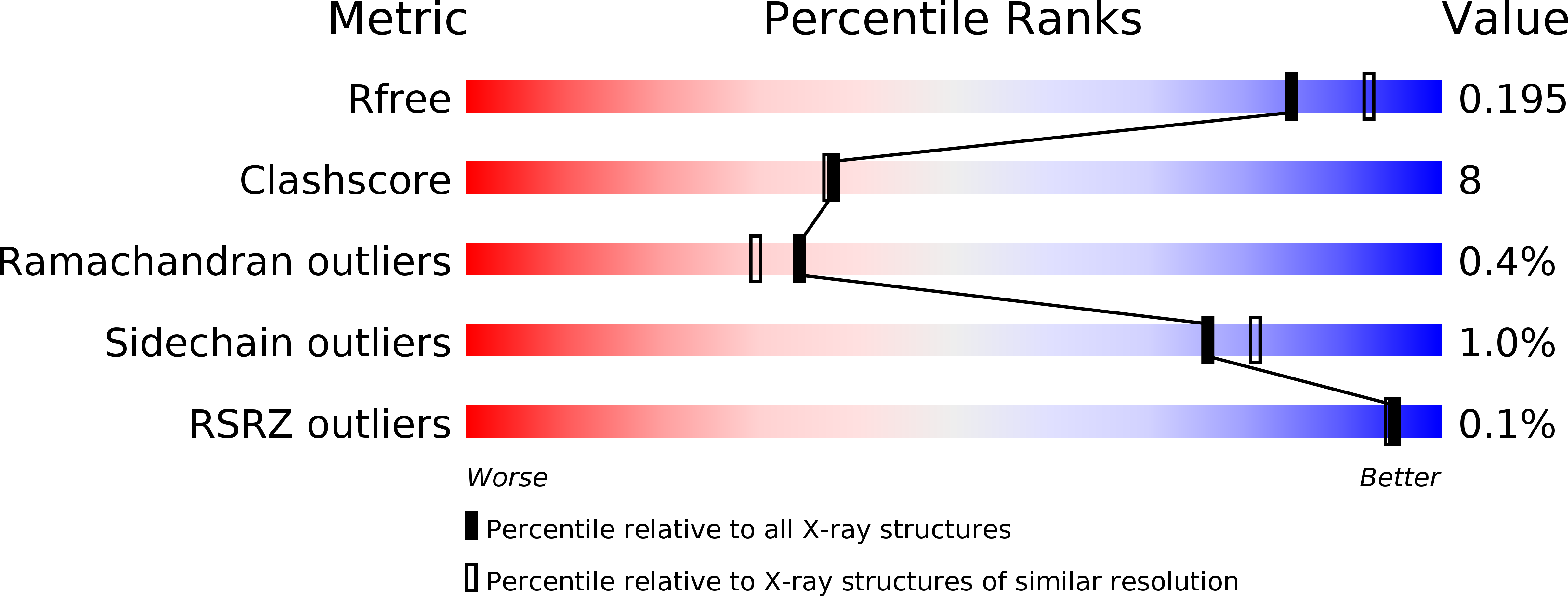
Deposition Date
2014-10-09
Release Date
2015-08-26
Last Version Date
2024-10-30
Entry Detail
PDB ID:
4RJF
Keywords:
Title:
Crystal structure of the human sliding clamp at 2.0 angstrom resolution
Biological Source:
Source Organism:
Homo sapiens (Taxon ID: 9606)
Host Organism:
Method Details:
Experimental Method:
Resolution:
2.01 Å
R-Value Free:
0.18
R-Value Work:
0.14
R-Value Observed:
0.15
Space Group:
P 3


